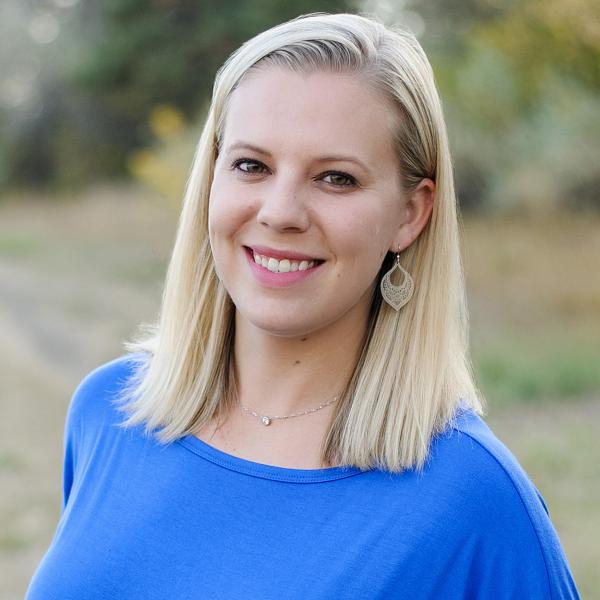Reinsurance Returns
Hospitals are clearly on the hot seat at the legislature this session. Bills are advancing that would open their books and regulate their freestanding emergency departments.
A new reinsurance bill promises to be of special concern to hospitals. House Bill 1168 aims to cut insurance premiums on the individual market by as much as a third in mountain communities by creating a reinsurance program to cover high-cost patients.
The bill was introduced on Friday, February 1, by a bipartisan group of Western Slope legislators: Representatives Julie McCluskie (D-Dillon) and Janice Rich (R-Grand Junction), and Senators Kerry Donovan (D-Vail) and Bob Rankin (R-Carbondale). Its first hearing date in the House Health and Insurance Committee has not yet been assigned.
CHI published a report (“A Game-Changer for High Insurance Prices?”) last year explaining the concept of a reinsurance program and how it would work as outlined by HB 18-1392. Despite bipartisan sponsorship, that bill failed 3-2 in the Senate State, Veterans, and Military Affairs Committee. Check out our report for a refresher on this model, which is essentially insurance for insurance companies.
This year’s bill is based on the same concept, but with one major difference from its 2018 counterpart: who pays for it.
HB 18-1392’s version of reinsurance would have been paid for by a combination of federal dollars from an Affordable Care Act waiver and fees on the million-plus Coloradans with private insurance coverage. The waiver requirement and federal funding approach are the same in this year’s bill, but the state’s payment mechanism is not.
This time around, reinsurance would not cost the state as much money because the reinsurance fund would pay hospitals a lower amount than they get from privately insured patients. The lower amount paid to hospitals will be based on a percentage of Medicare reimbursement rates. Federal funding may be all that is required to support the administration of the reinsurance program, but that remains to be seen.
HB 1168 gives broad power to the state Division of Insurance (DOI). First, the agency would determine the “attachment point,” the threshold at which the reinsurance program would kick in. Sponsors have been discussing a $25,000 attachment point, but the legislation leaves the decision to the DOI.
Second, the DOI would write rules on how much hospitals get paid for treating patients whose claims exceed the attachment point. This is essentially rate-setting — government price control over hospitals — and it would be a major shift in how far Colorado legislators of either party have been willing to go in the past.
Sponsors have set the following targets for reducing claims costs in the 2020 benefit year, as outlined in the bill text:
- Reduction of 30 to 35 percent in geographic rating regions Five and Nine (Mesa County and the Western Slope);
- Reduction of 20 to 25 percent in geographic rating regions Four, Six, Seven, and Eight (Larimer, Weld, Pueblo, and the Eastern Plains/south central Colorado); and
- Reduction of 15 to 20 percent in geographic rating regions One, Two, and Three (Boulder, El Paso, and the Denver metro area).
These savings to insurance companies are intended to be passed on to consumers. The concept has worked in Alaska and a handful of other states.
There is no fiscal note yet for HB 1168, though the fact sheet states that “the program is initially estimated to cost $272.6 to $338.2 million dollars per year,” with the state’s share accounting for an estimated $76.8 to $134.6 million.
That means hospitals and other providers could see their reimbursement shrink by up to $135 million. It’s important to remember the bill applies only to the individual market, which covers just about 8 percent of the state’s population.
Primary care services and behavioral health services would be exempt from the lower reimbursement rates, and the Insurance Commissioner would work with hospitals to exempt facilities “that will be affected in an unsustainable way” by the new fee structure. The definition of “unsustainable” remains a mystery — and likely a source of fierce debate in the coming weeks.
Want more information about health and health policy in Colorado? Subscribe to our newsletter or find CHI on Facebook and Twitter
Related Blogs and Research
- A Game-Changer for High Insurance Prices?
- 2019 Insurance Prices Bring Stability at Last
- Left Turn: 2019 Legislative Preview

